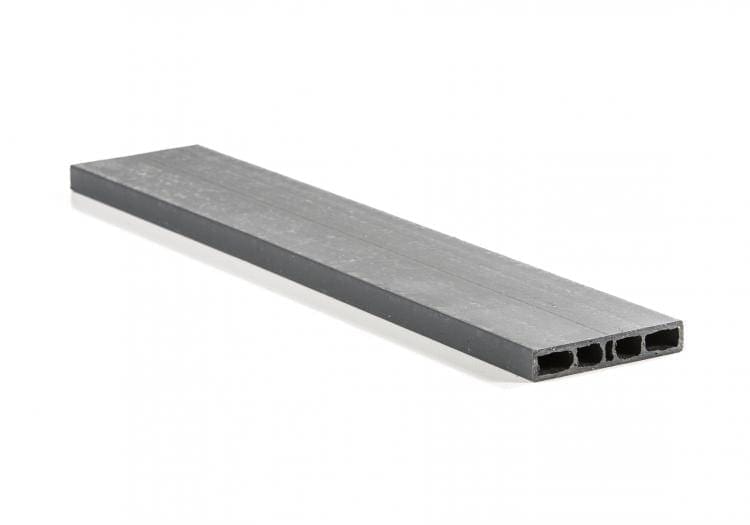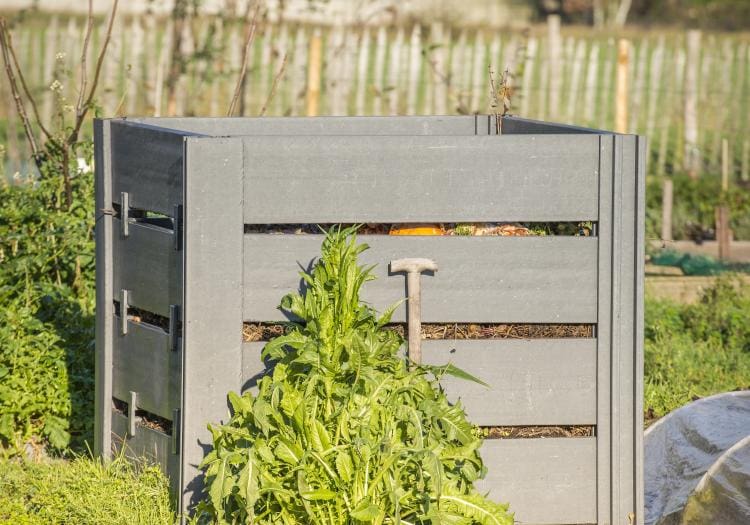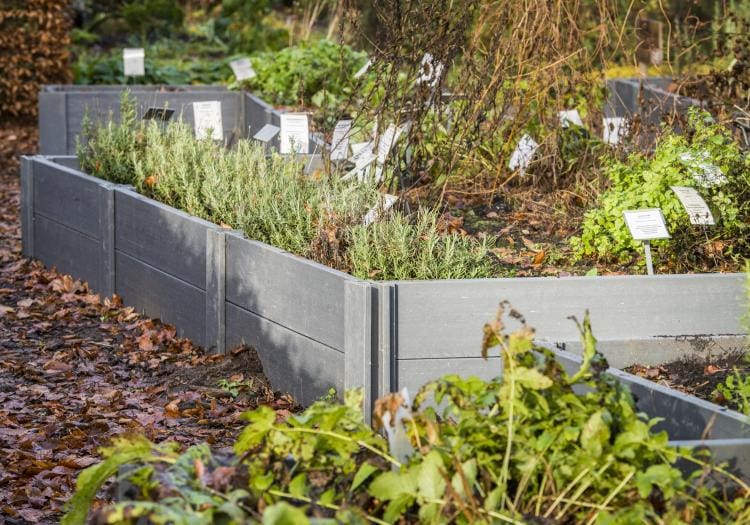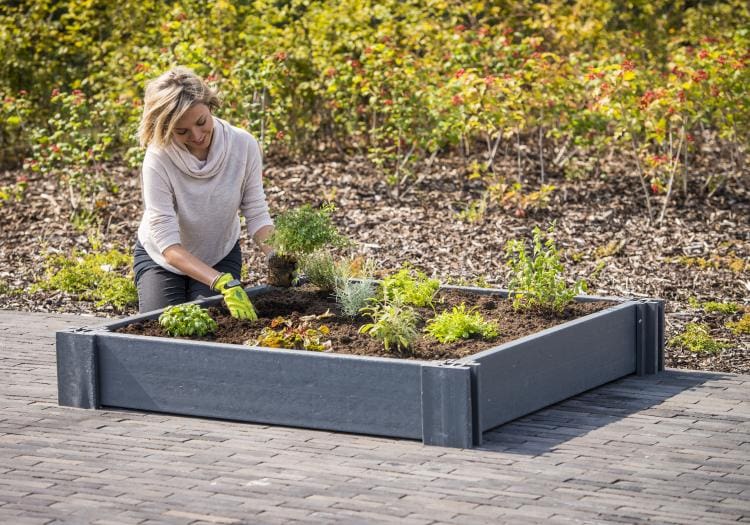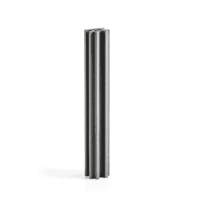RecoPlanc
Delivery only £10 per order to most UK areas
Shop now, pay later.
You may also like…
Recycled plastic plank used to create stunning garden structures
An extruded plastic profile constructed from 100% post-consumer recycled plastic waste to create a versatile and functional product. Used in conjunction with RecoPost, you can create a wide range of structures including compost bins, fences, log stores and much more. Being expertly crafted from recycled plastic, plank is a durable, easy to use, long-lasting and eco-friendly garden structure.
- Length: 1200mm
- Width: 220mm
- Depth: 40mm
- Dimensions Tolerance: +/- 3%
- Colour: Grey
- Made From: Post-Consumer Recycled Plastic
- Used With RecoPost To Create: Composters, Planters, Fencing & Log Stores
- Lifespan: 25 Years + (Almost Unlimited)
£15.00
Out of stock
Email when back in stock
Out of stock
Click here to ask a question
How long does RecoPlanc last for?
RecoPlanc does not have a definite lifespan but it is almost Unlimited.
Create Stunning Outdoor Structures With RecoPlanc
RecoPlanc is a strong yet hollow & lightweight plastic board that can be cut and drilled just like wood but is instead manufactured from post-consumer recycled plastic waste. The Planc is incredibly versatile and can be used for a variety of applications including creating raised beds, composters, fences, log stores and much more. To create these structures, RecoPlanc must be used in conjunction with RecoPosts. The posts are anchor and connection points to allow you to create strong and long lasting structures such as a fence around your garden or an outdoor building. Being crafted from recycled plastic, RecoPlanc carries a range of premium features and benefits that include;
- Strength & durability
- Workable like wood
- Maintenance-free
- Water-resistant
- Splinter-proof
- Rot-proof
The hollow profile of RecoPlanc makes it a lightweight and easy to use product which can be used as an alternative to wood or concrete in some applications. You can work in a modular way with different height levels and lengths as the planks can be easily mitred when used in conjunction with RecoPosts. The modular build up and mitred corners open up a number of possibilities.
Benefits of Composting
Home composting is the most environmentally-friendly way of dealing with kitchen and garden waste, plus it produces compost that can be used as an excellent soil improver. Composting is easy to do, can be done all year round with the peak in late summer to early winter, and can be done in any outdoor space. Although councils offer green waste collections, encouraging home composting is great as it does not involve heavy transport, with its associated environmental costs. If you would like to find out more about composting and compost heaps then visit this RHS Article.
How to Start a Compost Heap
Composting is a pretty simple process providing that you follow a few simple rules. Firstly, ensure that your compost heap is not subject to extreme temperatures or moisture as the process works best when conditions are kept constant. We recommend a compost bin to keep your compost heap tidy, allow for optimal aeration and insulation, and adds an attractive feature to your garden. Creating the perfect compost is about gauging the right balance. Aim for between 25 and 50 percent soft green materials (e.g. grass clippings, annual weeds, vegetable kitchen waste, or manure) to feed the micro-organisms. The remainder should be woody brown material (e.g. prunings, wood chippings, paper, cardboard, straw or dead leaves). Turning the heap adds air; the air is necessary for composting to occur. If the heap is too wet or becomes compacted, then the composting process is slower as less air is available. Ideally, place a lot of composting materials on the heap in one go, and turn it periodically (perhaps every month) to introduce air. Failure to turn the heap is probably the main cause of poor results.
If you would like to learn more about composting, it’s benefits and how to start then click on the video below which is a ‘beginner’s guide to composting’ made by the RHS.
| Weight | 4.4 kg |
|---|---|
| Dimensions | 1200 × 220 × 40 mm |

